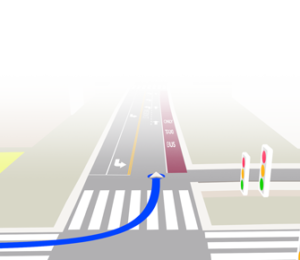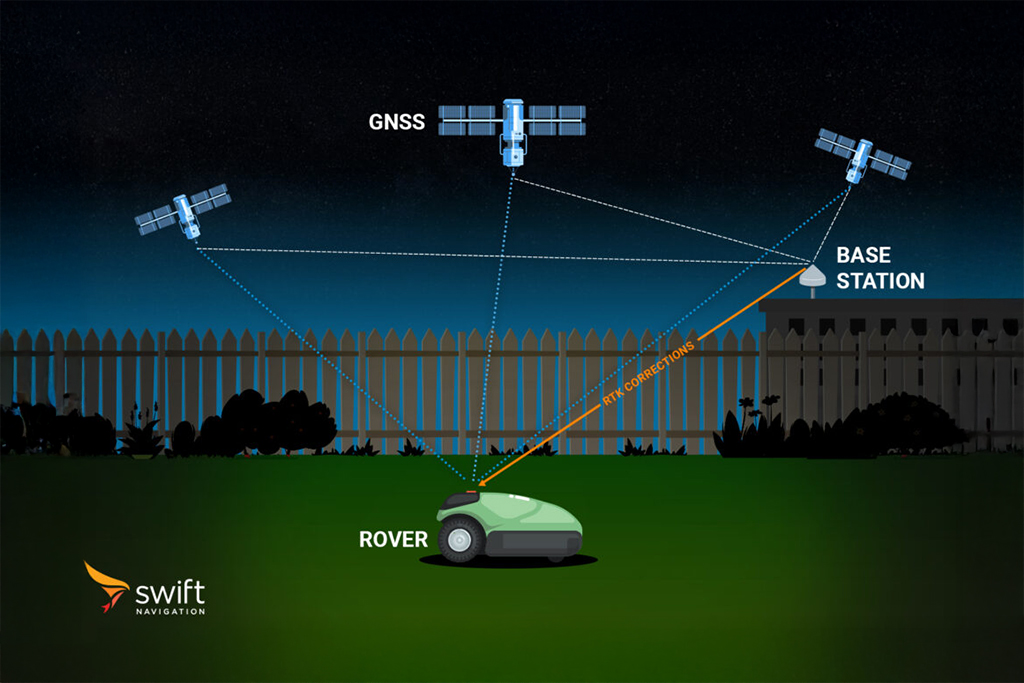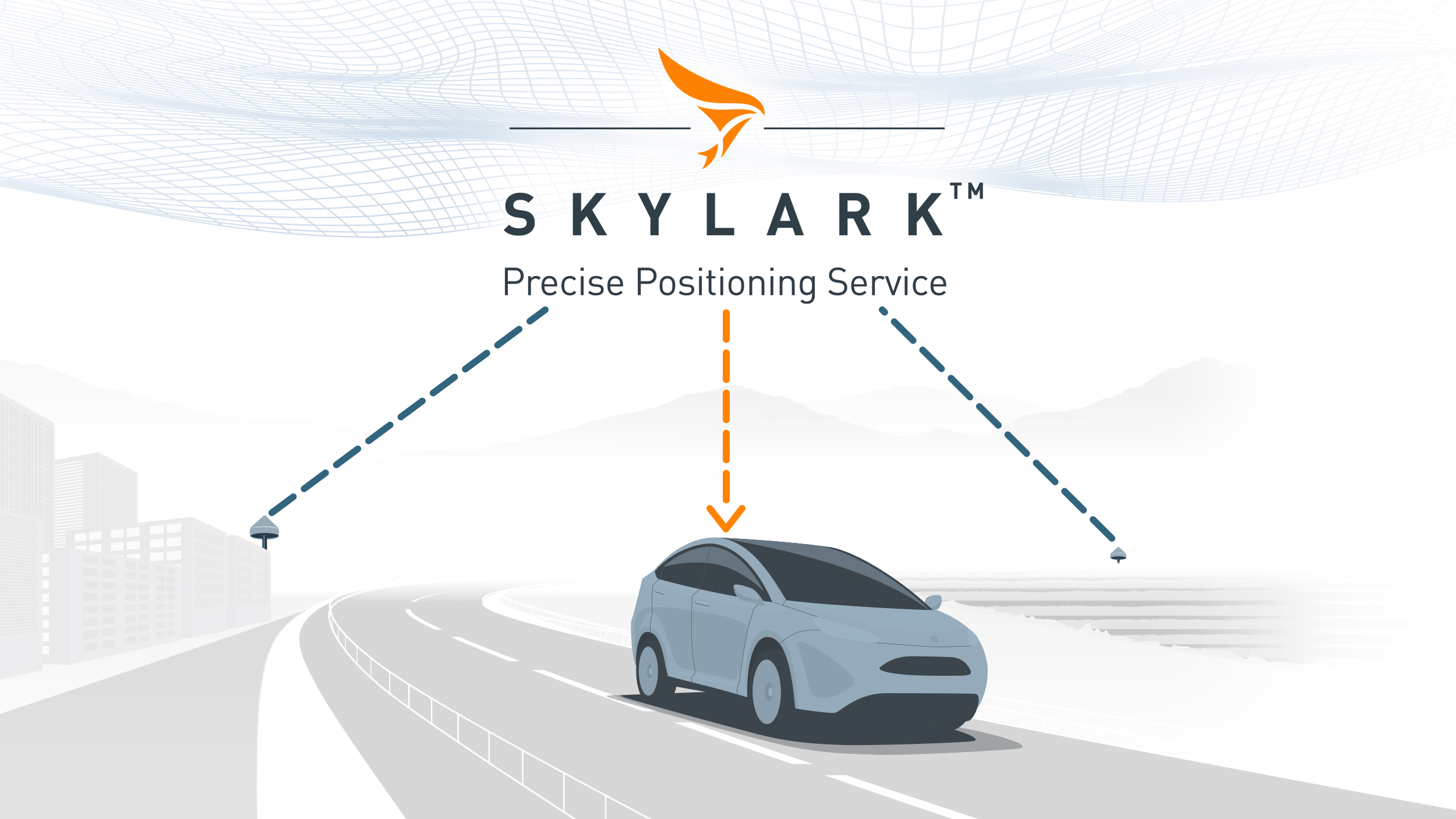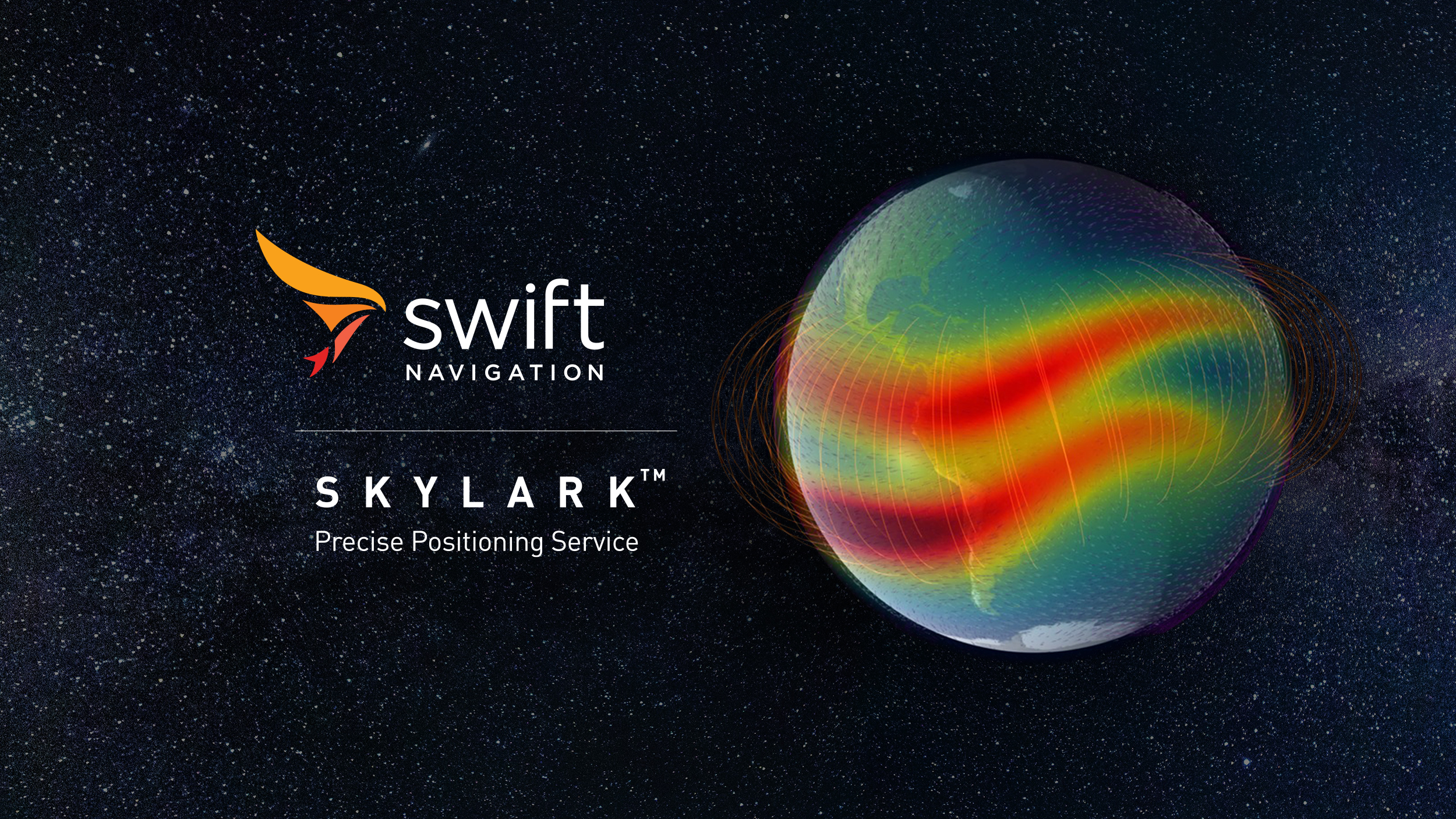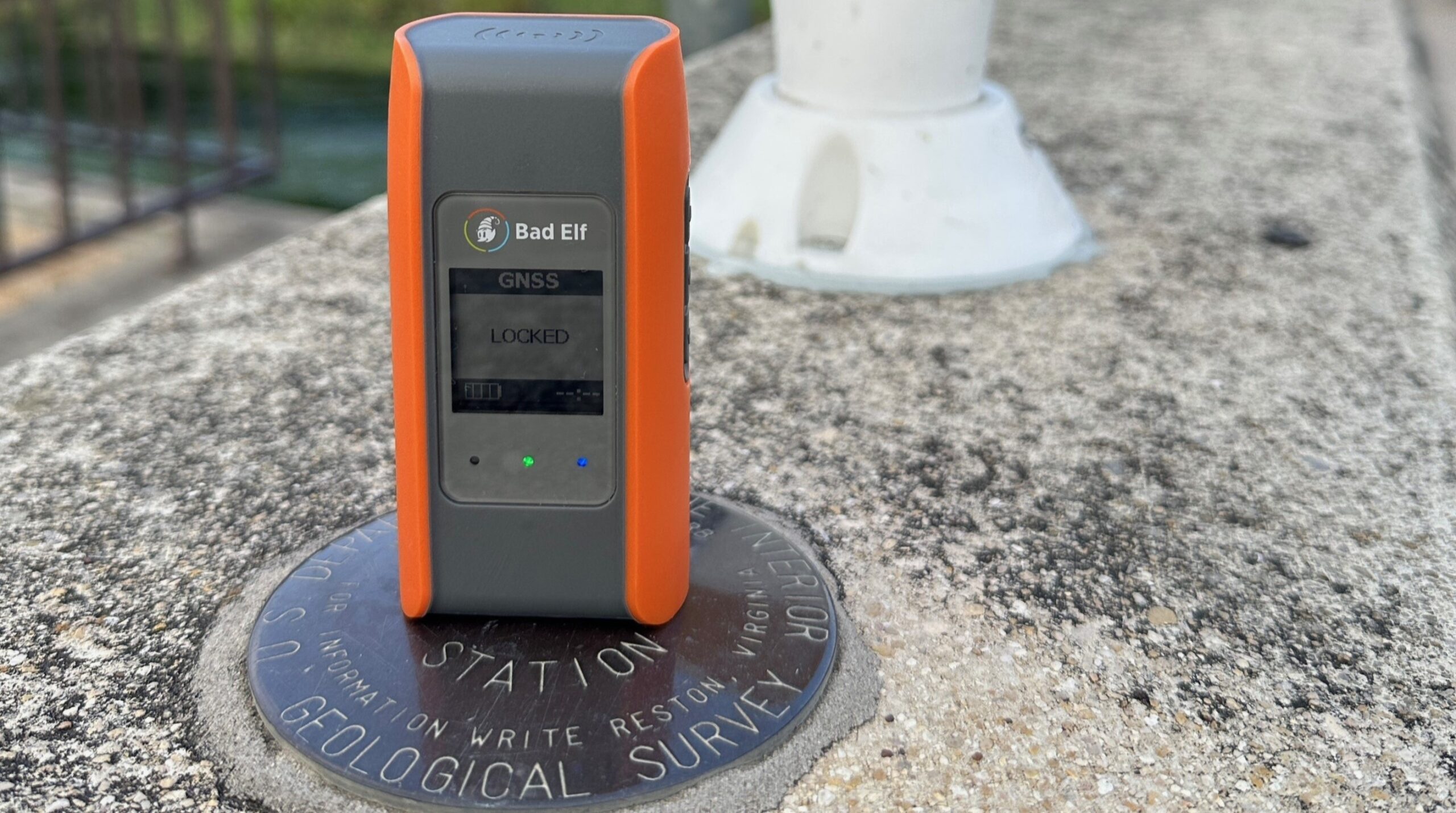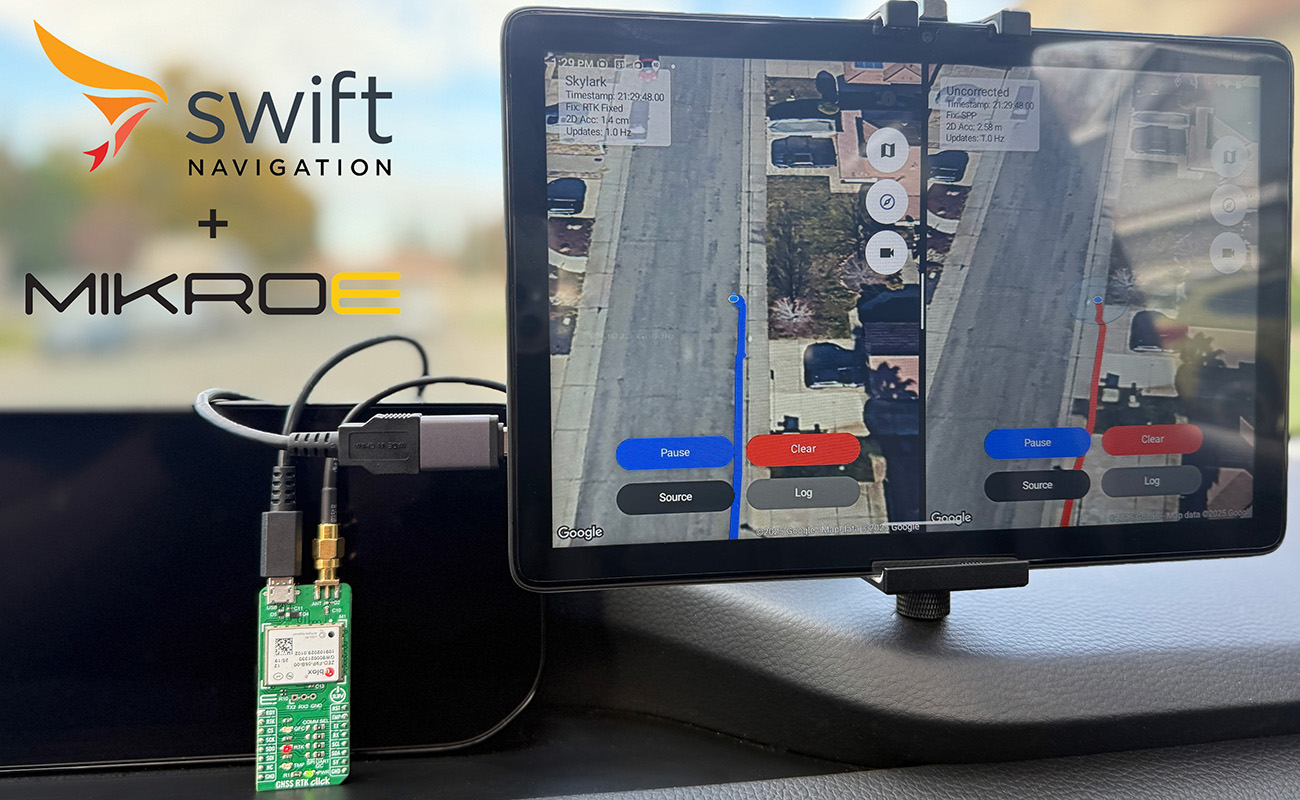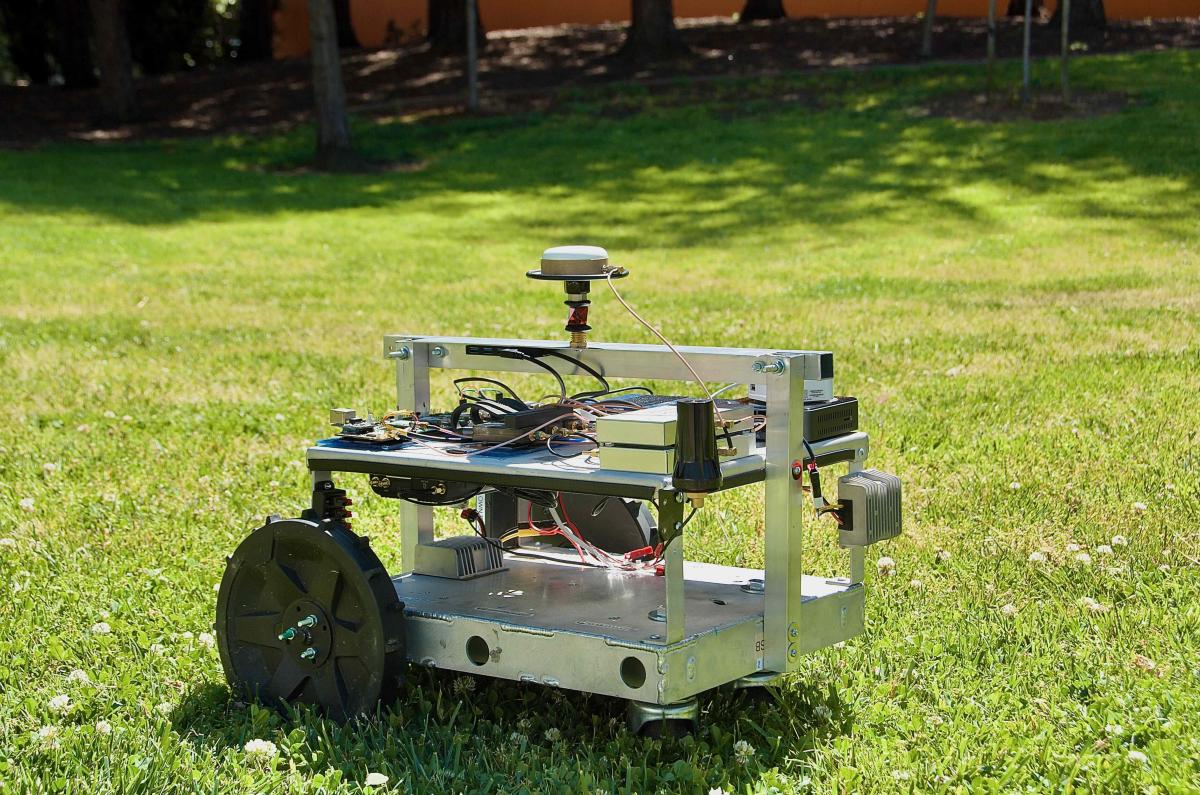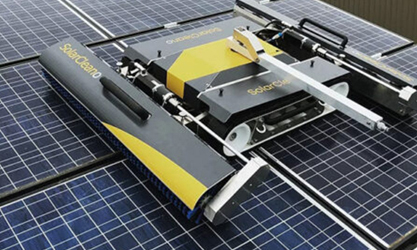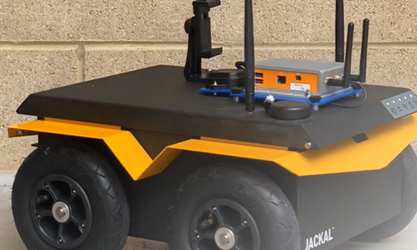What is Tropospheric Delay?
Tropospheric delay is a significant source of error in GNSS positioning. It occurs because satellite signals slow down as they pass through the Earth’s troposphere, the lowest layer of the atmosphere where weather phenomena occur. Unlike the ionosphere, the troposphere is non-dispersive for GNSS signals, meaning the delay affects all frequencies equally.
This delay is typically divided into two main components:
- Hydrostatic (Dry) Delay: Caused by the dry gases in the atmosphere (like nitrogen and oxygen). This component is relatively stable and predictable.
- Wet Delay: Caused by water vapor in the atmosphere. This component is highly variable due to changes in humidity, making it more challenging to model accurately.
The magnitude of tropospheric delay can vary significantly based on factors such as atmospheric pressure, temperature, humidity, and the satellite’s elevation angle. For precise positioning, these delays must be carefully estimated and corrected.
Modern GNSS systems employ various models and techniques to account for tropospheric delays. These models often utilize meteorological data or empirical observations to predict the delay, typically expressed as a zenith delay (the delay directly overhead) and then mapped to the specific path of the satellite signal.
Because local atmospheric conditions can differ, especially over longer distances from reference stations, robust handling of tropospheric delays is crucial for high-precision applications. Systems often implement quality control measures to monitor the consistency and integrity of these corrections.
The proper modeling and consistent application of tropospheric corrections across a GNSS system are vital. Differences in how these delays are handled can lead to noticeable variations in positioning accuracy, underscoring their importance for reliable and precise GNSS performance.
Related Content
GNSS Basics

Devon Sharp

Marwan Ramadan

Marwan Ramadan

Devon Sharp

Devon Sharp

Marwan Ramadan

Devon Sharp

Marwan Ramadan
GIS

Devon Sharp

Devon Sharp
ROBOTICS


Emilee Pierce




